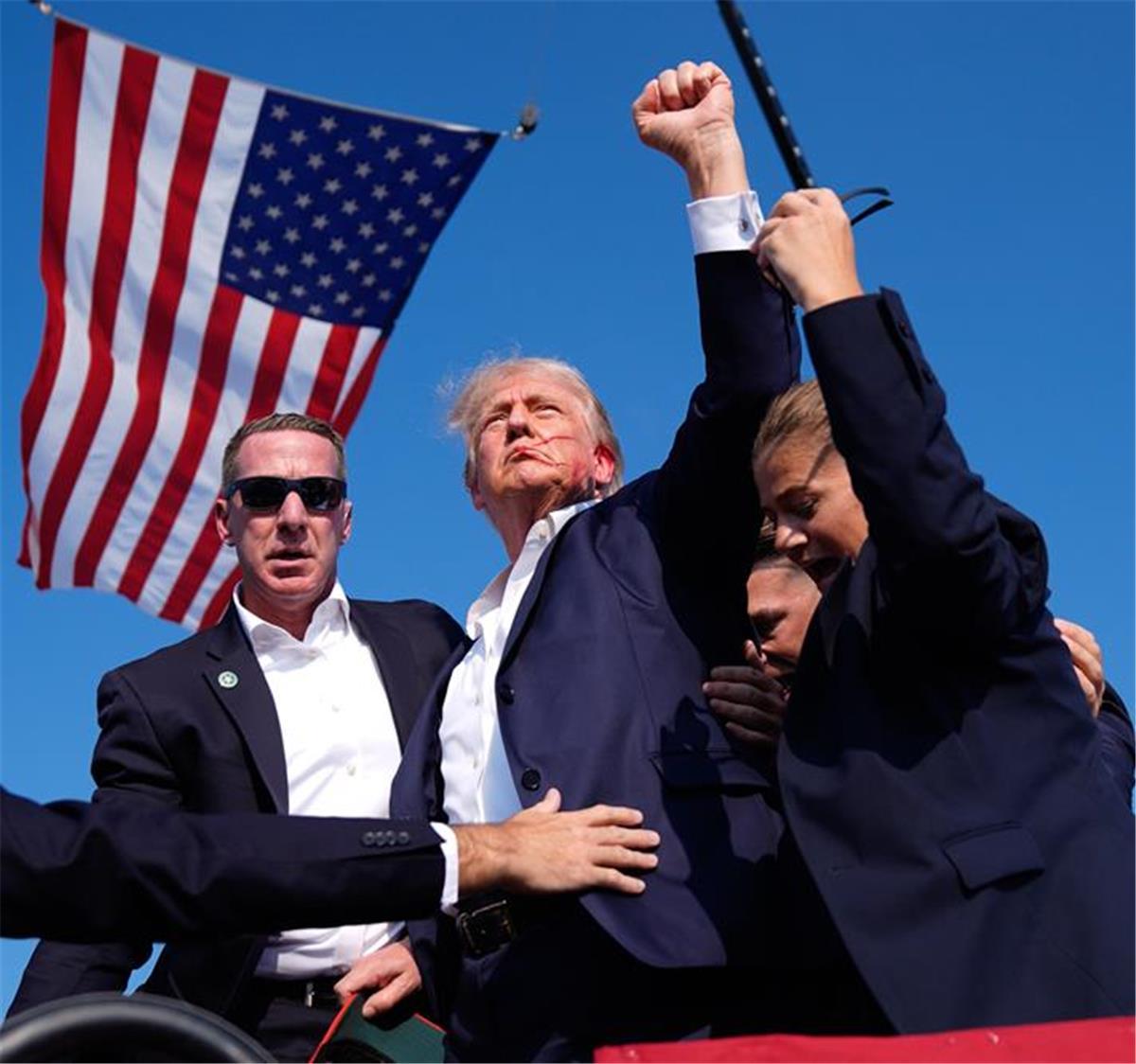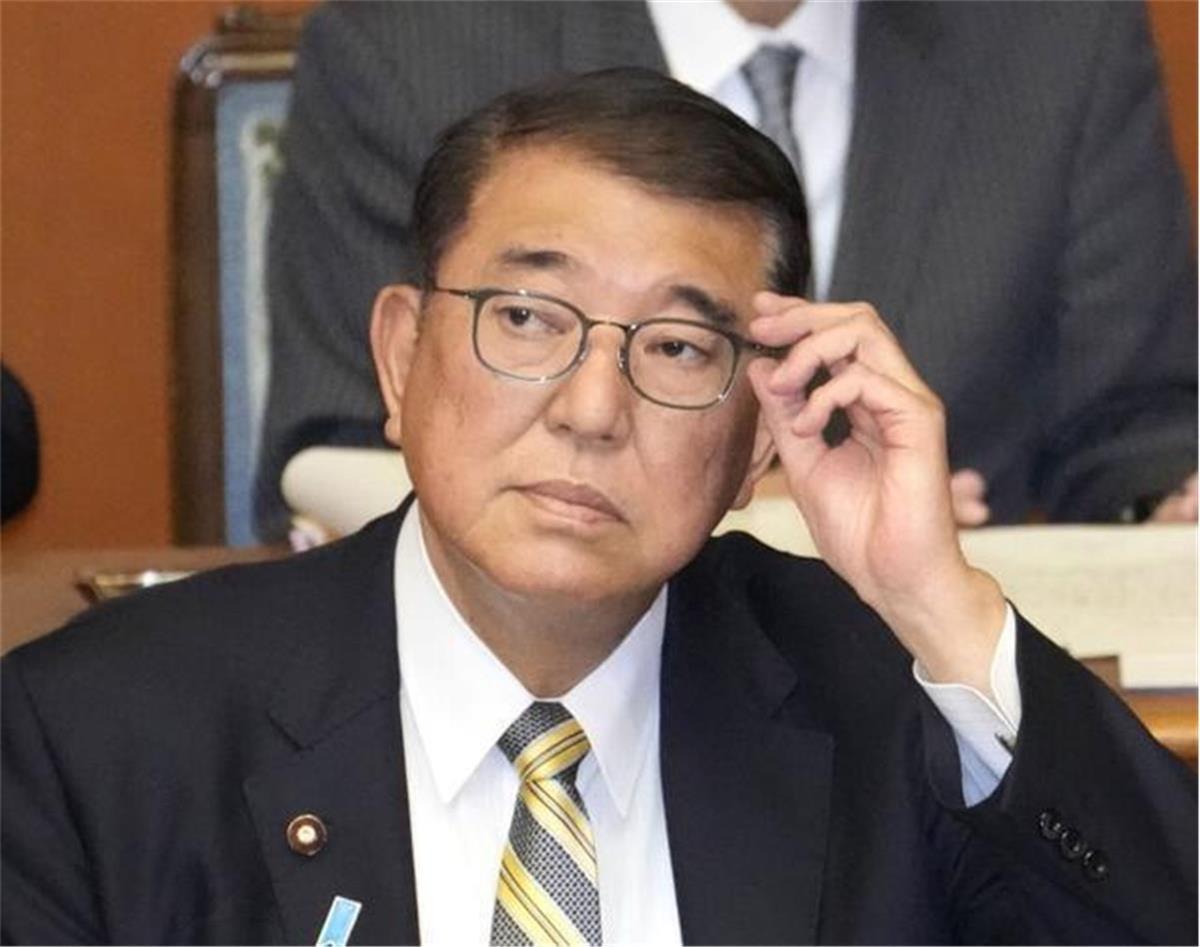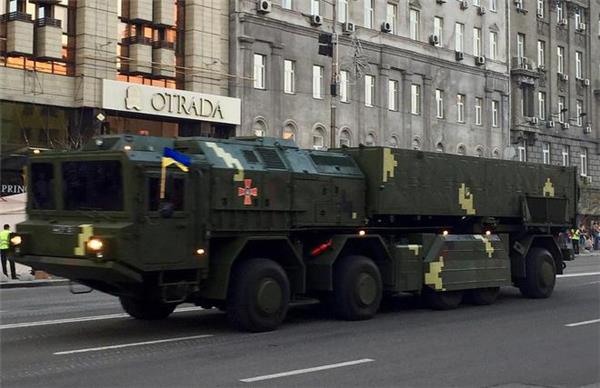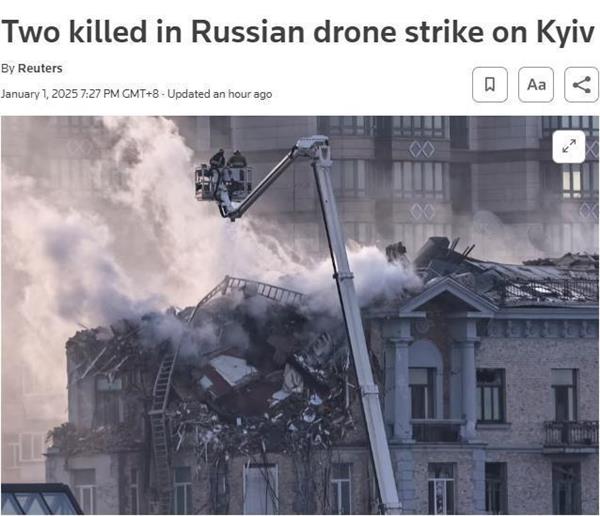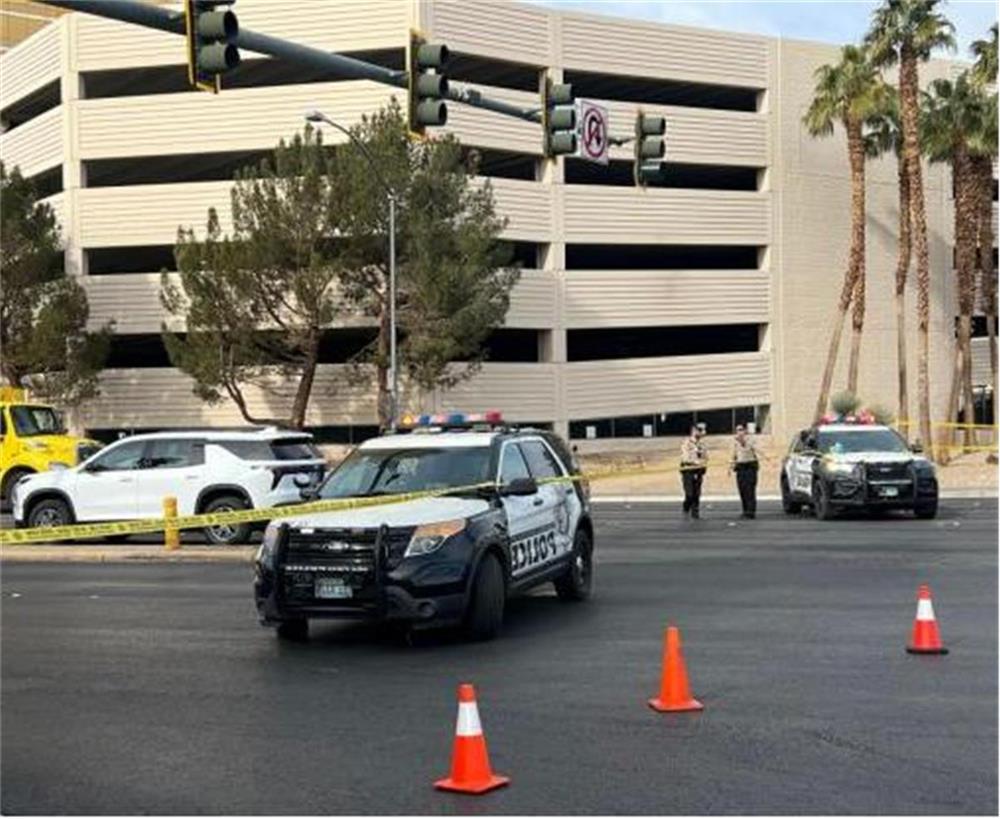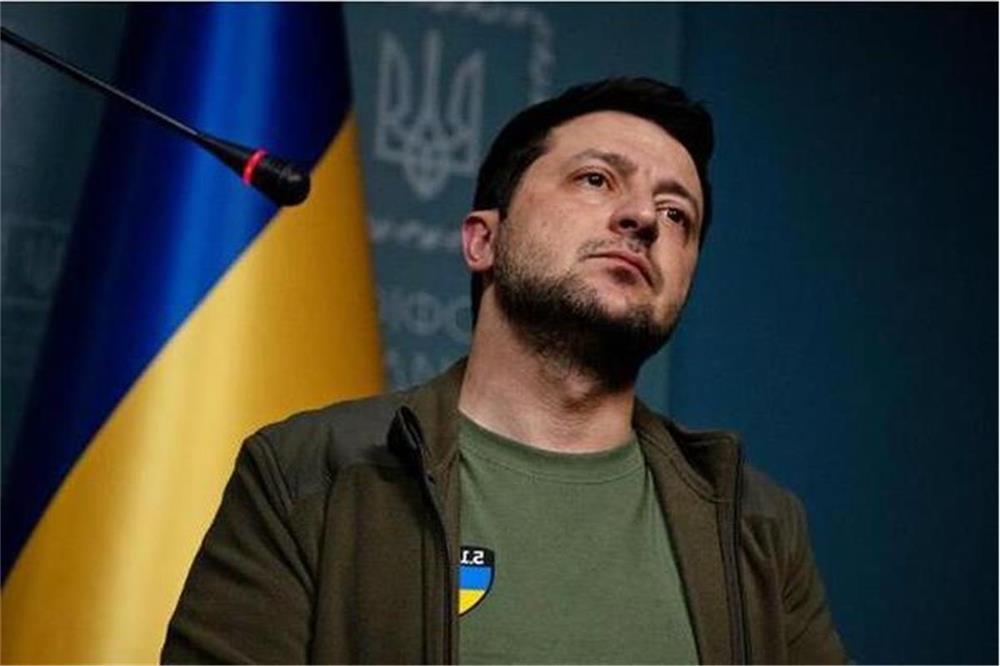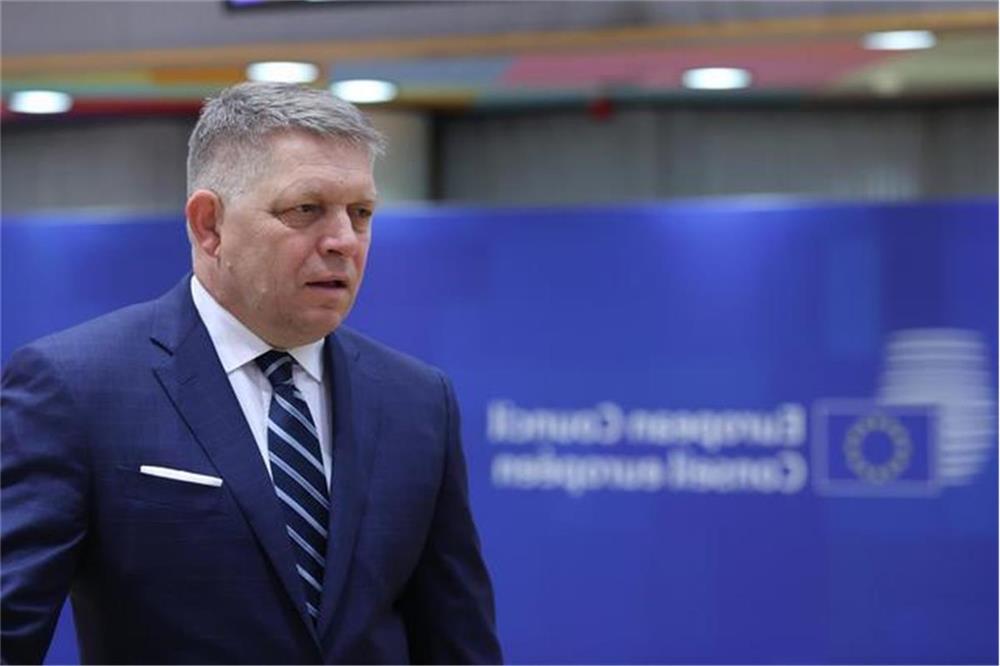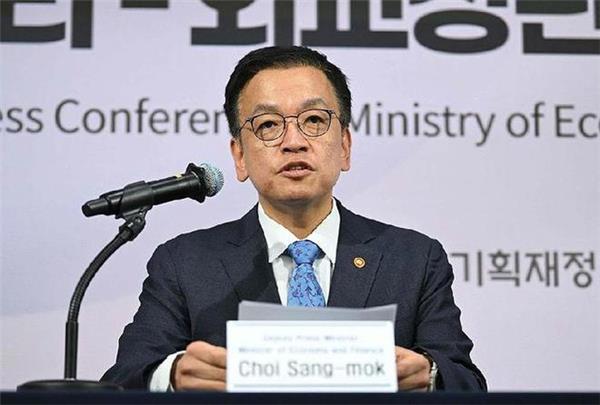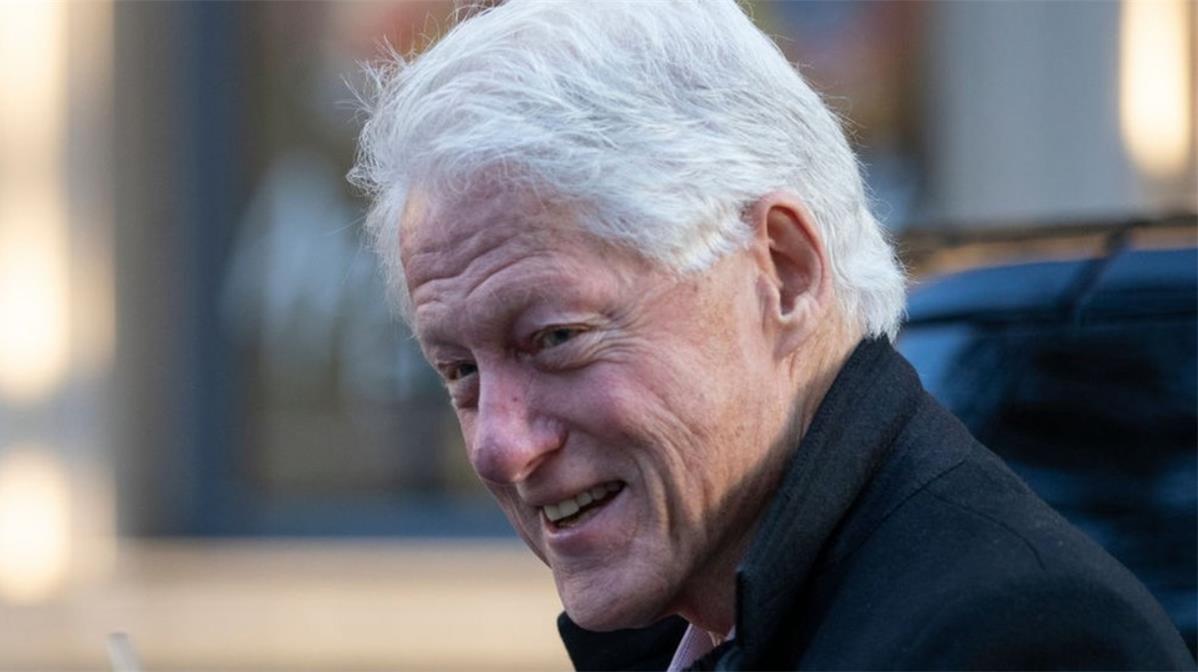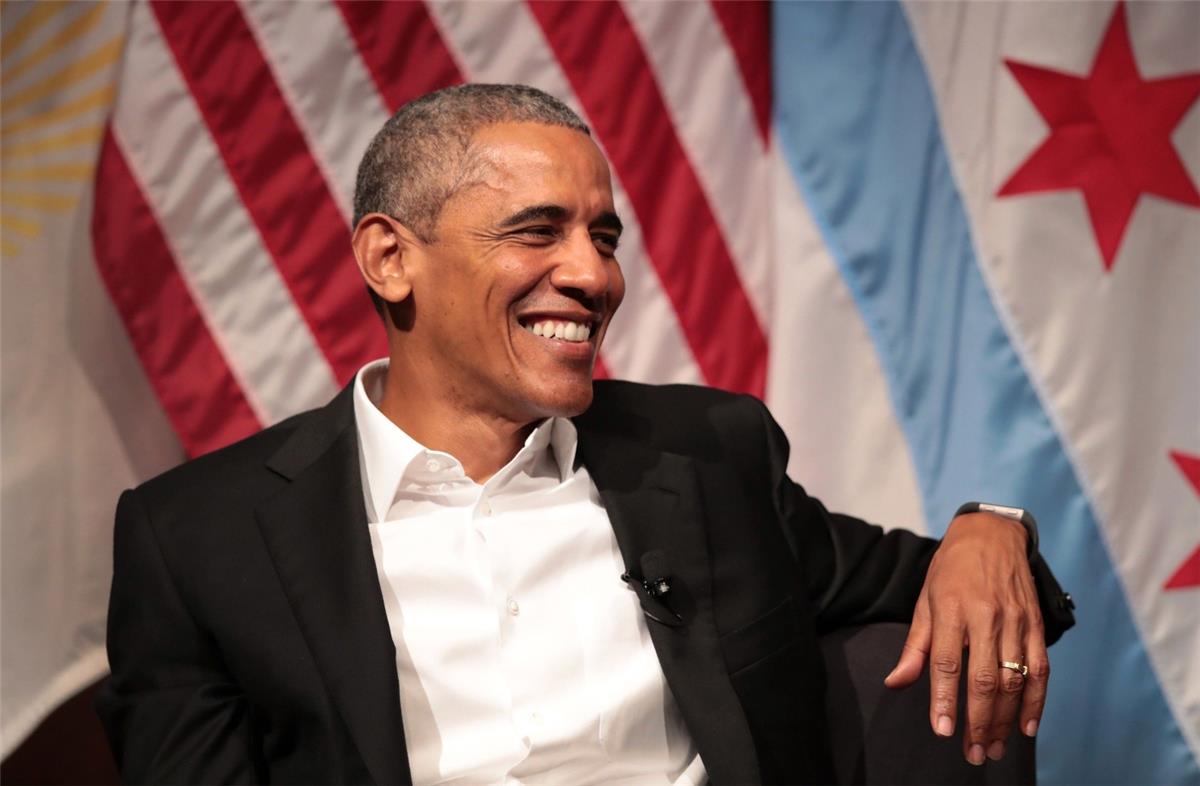Once Banned, Then Silenced: How Clinton’s 'Don't Ask, Don't Tell' Policy Affected LGBTQ Military
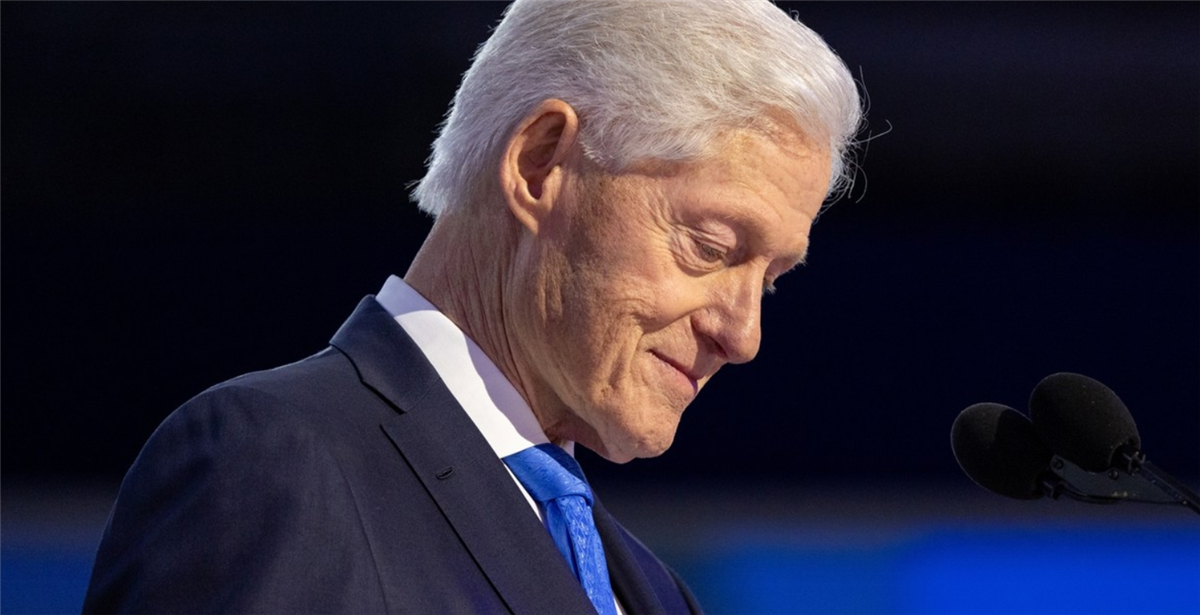
Though touted as a liberalization of an outright ban on gay men and women serving in the military when it took effect in 1994, Don’t Ask, Don’t Tell (DADT) failed to gain support from gay advocacy groups, who saw it as a step down for service members who had been forced to stay in the closet, and who did little to address the discrimination they faced. Meanwhile, the military continued its policy of expelling gay service members from the U.S. Armed Forces. When the Obama administration repealed Don’t Ask, Don’t Tell in 2011, it ended the nearly 17 years of secrecy for lesbian, gay and bisexual military service members.
Before Don’t Ask, Don’t Tell: Expelling, Excluding Homosexuals
The U.S. military had neither a policy about nor a ban against homosexuals serving in the military before the mid-20th century. However, as far back as the Revolutionary War, “homosexual acts” were grounds for discharging military personnel. Following World War I, the military codified this policy, making the act of sodomy a crime worthy of court-martial.
With the U.S. entry into World War II, and with psychiatrists classifying homosexuality as a mental or behavioral disorder, inductees began to go through psychiatric screening as part of the induction process. In 1942, military regulations began listing homosexuality as a characteristic that could lead to a person’s exclusion from the U.S. military.
Despite the fact that military personnel who were discovered to be homosexual were discharged, hundreds of thousands of gay men and lesbians went on to serve in the U.S. military throughout the decades following World War II, keeping their sexual orientation hidden out of fear of being discharged from the military, losing their veterans’ benefits or facing other, more brutal forms of retaliation. Military efforts to purge its ranks of gays was challenged during the 1970s by the burgeoning gay rights movement.
One high-profile lawsuit involved the discharge of Air Force tech sergeant Leonard Matlovich, who acknowledged that he was gay in 1975. In 1981, however, the Department of Defense reinforced the ban on gays in the military, and in the 1980s, approximately 17,000 American service members were discharged from the military based on their homosexuality.
‘Don’t Ask, Don’t Tell’: The Policy
During the 1992 presidential campaign, Bill Clinton promised that he would end the ban on gay men and lesbians in the military should he be elected. Gay advocates rejoiced, but Clinton’s efforts to keep this campaign promise faced an aggressive bipartisan backlash in Congress. According to a report by The Atlantic, documents made public after the release of the Clinton Presidential Library in 2014 of the transcripts revealed that the debate about the policy was heated, beginning as a call for an absolute ban on homosexuals serving in the military. Handwritten notes of the debate suggested that Colin Powell, then-Chairman of the Joint Chiefs of Staff, argued strongly for keeping the ban in place. But over the course of the debate, according to the notes, Powell suggested that a “possible solution” might be to “stop asking.”
On July 19, 1993, Clinton unveiled the “Don’t Ask, Don’t Tell” policy, which allowed gay Americans to serve their country as long as they kept their sexual orientation hidden. The policy came into law with a federal statute passed by Congress that same year, and the policy went into effect on February 28, 1994.
Under Don’t Ask, Don’t Tell, military personnel were not permitted to discriminate on the basis of or harass closeted military personnel who were believed to be gay. However, gay or bisexual service members were not allowed to reveal their sexual orientation or acknowledge any same-sex relationships. Anyone who did so, or who otherwise was found to engage in “homosexual conduct,” was subject to discharge.
Was ‘Don’t Ask, Don’t Tell’ a Step Forward?
Despite Clinton’s insistence that the “Don’t Ask, Don’t Tell” policy was a step forward from the outright ban on gays serving in the military, many gay advocates felt that DADT was a step backward for gay service members who had been outed and discharged from the military. The policy, they argued, did nothing to protect closeted gays from the discrimination that had existed within the military. According to the text of the statute itself, it stated that “homosexuality, when acknowledged, creates an unacceptable risk to the high standards of morale, good order and discipline, and unit cohesion that are the essence of military capability.”
Opposition to Don’t Ask, Don’t Tell continued to build, particularly after the terrorist attacks of September 11, 2001, and when the U.S. began fighting wars on dual fronts in Afghanistan and Iraq. In practice, Don’t Ask, Don’t Tell did little to change how commanding officers treated service members who they suspected of being gay, and by 2009, more than 13,000 gay, lesbian and bisexual service members had been discharged from the military since the policy’s enactment, according to the Servicemembers Legal Defense Network. In 2010, just weeks after the Senate Republicans blocked repealing the policy, Clinton himself expressed regret over the policy. Clinton said that he had agreed to the policy only when it became clear that both the Senate and the House would support an absolute ban on gays in the U.S. Armed Forces.
The Repeal of ‘Don’t Ask, Don’t Tell’
Barack Obama campaigned in the 2008 presidential campaign to repeal Don’t Ask, Don’t Tell on his first day in the White House. However, the policy remained in effect during Obama’s fist year as commander-in-chief. By 2010, several U.S. states (including Massachusetts, Connecticut, Vermont and New Hampshire) had legalized same-sex marriage.
In early December of that year, The Pentagon released a study meant to determine the impact of repealing Don’t Ask, Don’t Tell would have on the military. Seventy percent of U.S. service members surveyed said that such a repeal would have mixed, positive or no impact. That same month, the House and Senate passed a repeal of DADT, and on December 22, 2010, Obama signed it into law.
The repeal of Don’t Ask, Don’t Tell became official on September 20, 2011, ending the nearly 17 years of secrecy for lesbian, gay and bisexual military servicemen and women. In the years following the repeal, other longstanding barriers to those who had been banned from serving in the U.S. military began falling like dominoes. In 2013, the Pentagon announced that it would end its ban on women serving in ground-combat units. A year later, the Pentagon added sexual orientation to the Military Equal Opportunity policy for the first time, meaning that gay servicemen and servicewomen would have the same recourse against discrimination as their heterosexual counterparts.
In June 2016, the Pentagon ended its ban on transgender service members, a group that by some estimates totaled as many as 15,500 as of 2016. In March 2018, President Donald Trump signed a memorandum that banned some transgender people from U.S. military service.
 Famous Persons
Famous Persons English
English
 Jerry
Jerry Facebook
Facebook Twitter
Twitter Pinterest
Pinterest Linkin
Linkin Email
Email Copy Link
Copy Link